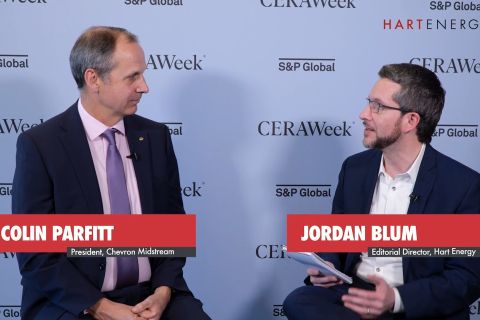A joint venture between Chevron Corp. and Phillips 66 has agreed to spend $118 million to upgrade and clean up three of its petrochemical plants on the Gulf Coast and pay a $3.4 million civil penalty as part of a settlement for violating federal air quality rules, the U.S. Justice Department announced on March 9.
Chevron Phillips Chemical Co. LP entered a settlement with the Justice Department to resolve allegations that it violated the Clean Air Act and state pollution laws at three of its petrochemical facilities along the Texas Gulf Coast.
The company was accused of failing to monitor its industrial flares, which caused them to exceed limits for emitting volatile organic compounds (VOCs) and hazardous air pollutants (HAPs).
“We are committed to reducing harmful air pollution from unnecessary and improper flaring, especially near overburdened communities with environmental justice concerns,” said Justice Department Assistant Attorney General Todd Kim.
Chevron Phillips will be required to install pollution control and air monitoring equipment at all three plants, which should reduce greenhouse gas emissions and other pollutants by “thousands of tons per year,” according to the EPA.
The plants will also be required to install fence line monitoring of benzene emissions and take corrective actions when benzene readings are high to protect local communities. Benzene, a carcinogen, is known for causing leukemia and respiratory issues.
“We are pleased to have this matter settled with the EPA and are making additional investments to proactively reduce our environmental footprint as part of our sustainability strategy,” a Chevron Phillips spokesperson said in a statement.
Kim said in remarks on March 9 that the settlement reflects the Biden administration’s focus on reducing the carbon footprint of companies under their enforcement authority.
“The improved combustion efficiency requirements, flare gas recovery system, requirements to reduce flaring, and limits on flaring included in the settlement reduce the carbon footprint of all three facilities,” he said.
Recommended Reading
Exclusive: Chevron Balancing Low Carbon Intensity, Global Oil, Gas Needs
2024-03-28 - Colin Parfitt, president of midstream at Chevron, discusses how the company continues to grow its traditional oil and gas business while focusing on growing its new energies production, in this Hart Energy Exclusive interview.
ARC Resources Adds Ex-Chevron Gas Chief to Board, Tallies Divestments
2024-02-11 - Montney Shale producer ARC Resources aims to sign up to 25% of its 1.38 Bcf/d of gas output to long-term LNG contracts for higher-priced sales overseas.
API Gulf Coast Head Touts Global Emissions Benefits of US LNG
2024-04-01 - The U.S. and Louisiana have the ability to change global emissions through the export of LNG, although new applications have been frozen by the Biden administration.
CERAWeek: JERA CEO Touts Importance of US LNG Supply
2024-03-22 - JERA Co. Global CEO Yukio Kani said during CERAWeek by S&P Global that it was important to have a portfolio of diversified LNG supply sources, especially from the U.S.
US Refiners to Face Tighter Heavy Spreads this Summer TPH
2024-04-22 - Tudor, Pickering, Holt and Co. (TPH) expects fairly tight heavy crude discounts in the U.S. this summer and beyond owing to lower imports of Canadian, Mexican and Venezuelan crudes.





